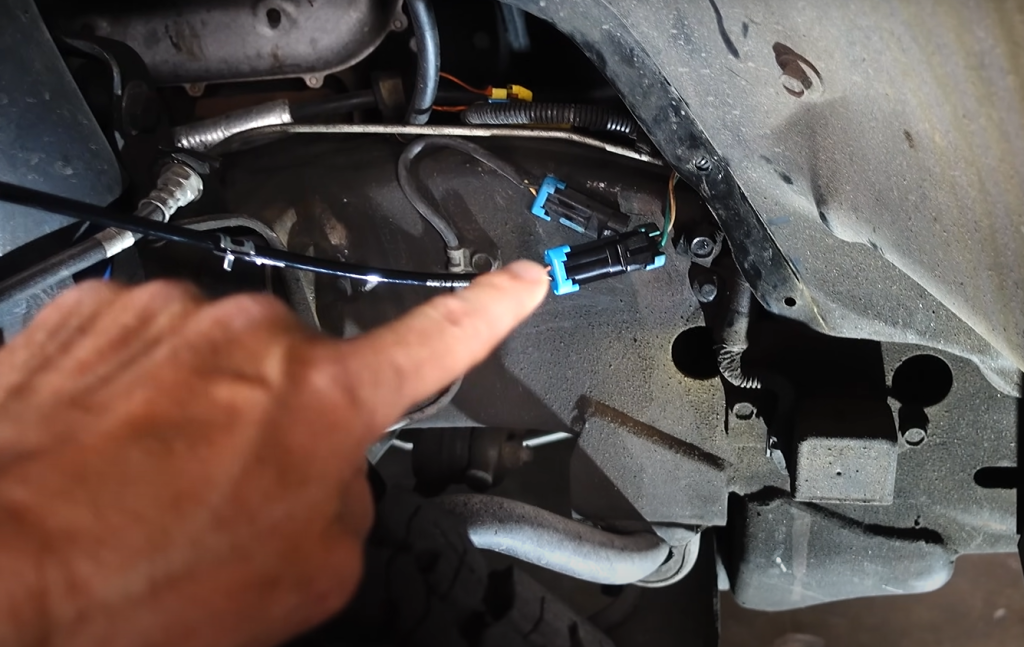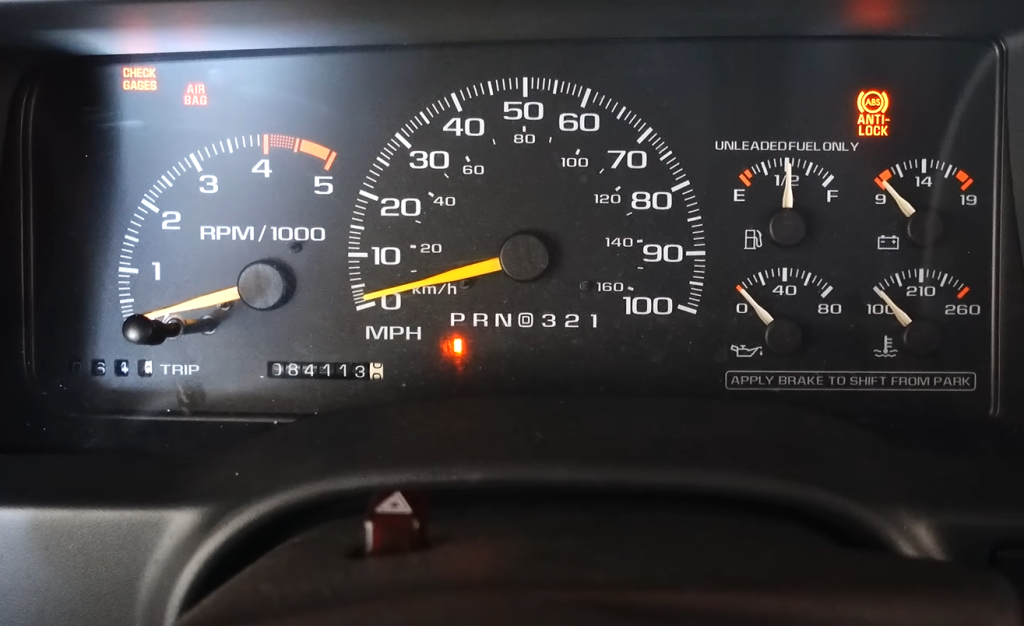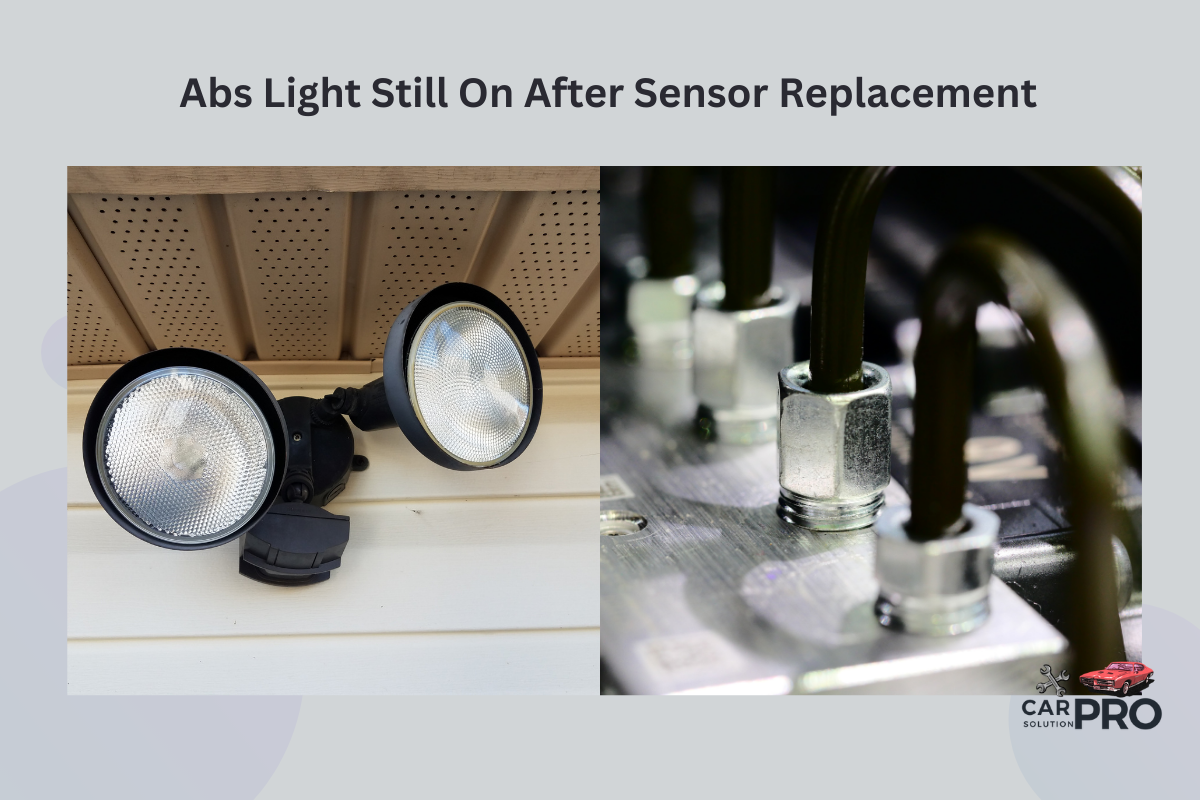Replacing an ABS sensor should fix the warning light, but sometimes it stays on. This can be frustrating and confusing for drivers. The ABS light may remain lit after sensor replacement due to issues like incorrect installation, faulty wiring, or problems with other ABS components.
Many drivers wonder if they need to reset the light manually. In some cases, the light will turn off on its own after a few drive cycles. Other times, it may need a professional scan tool to clear the error codes. If the light persists, it could indicate a deeper problem with the ABS system that needs further diagnosis.
Dealing with a stubborn ABS light doesn’t have to be a headache. Understanding the common causes and solutions can help drivers address the issue effectively. With the right approach, most ABS light problems can be resolved, ensuring the safety features of the vehicle are fully functional.
Key Takeaways
- ABS lights can stay on due to improper sensor installation or other system issues
- The light may turn off after a few drive cycles or require professional resetting
- Persistent ABS lights often need professional diagnosis to identify underlying problems
Understanding the ABS System
The ABS system is crucial for vehicle safety. It prevents wheel lockup during braking, allowing drivers to maintain steering control in emergency situations. The system uses sensors and a control module to monitor wheel speed and adjust brake pressure as needed.
Components of the ABS
The main parts of an ABS include:
- Wheel speed sensors
- Hydraulic valves
- Pump
- Controller
Wheel speed sensors track how fast each wheel is turning. They send this data to the ABS controller.
The hydraulic valves control brake fluid pressure to each wheel. This allows the system to apply or reduce braking force as needed.
A pump is used to restore pressure to the brake lines after the valves have released it.
The ABS controller is the brain of the system. It processes information from the sensors and controls the valves and pump.
How the ABS Works

When you press the brake pedal, the ABS monitors wheel speed. If it detects a wheel is about to lock up, it takes action.
The system will rapidly pump the brakes to that wheel. This happens many times per second. It prevents the wheel from skidding and helps maintain traction.
The ABS light turns on briefly when you start the car. This is a self-check. If the light stays on, it means there’s a problem with the system.
In normal driving, you won’t notice the ABS working. But in emergency stops, you might feel a pulsing in the brake pedal. This is normal and means the system is doing its job.
Common Causes for ABS Light Remaining On
The ABS light may stay on after sensor replacement due to several issues. These can include problems with the sensor itself, wiring issues, or low brake fluid levels.
Faulty ABS Sensor
A faulty ABS sensor is a common reason for the light to remain on. Even after replacement, the new sensor may be defective. This can happen with low-quality sensors or incorrect installation.
Signs of a bad ABS sensor include:
- ABS light staying on
- Brakes not working properly
- Grinding noise when braking
- Vehicle pulling to one side while braking
To fix this, double-check the sensor’s quality and ensure it’s installed correctly. Make sure the sensor is compatible with your vehicle model.
Damaged Wiring
Wiring problems can cause the ABS light to stay on after sensor replacement. The wires connecting the sensor to the ABS control module may be damaged or corroded.
Common wiring issues include:
- Frayed or broken wires
- Loose connections
- Corrosion on terminals
To address this, inspect the wiring harness for visible damage. Clean any corroded terminals and ensure all connections are tight. If needed, repair or replace damaged wires.
Consider using a multimeter to test the continuity of the wiring. This can help identify any breaks in the circuit.
Low Brake Fluid Level

Low brake fluid levels can trigger the ABS light. The brake system relies on hydraulic pressure to function properly.
Signs of low brake fluid include:
- Spongy brake pedal
- Reduced braking performance
- Visible low fluid in the reservoir
To fix this, check the brake fluid level in the reservoir. If it’s low, add the correct type of brake fluid to the proper level.
Be careful not to overfill. Also, inspect for any leaks in the brake system. A slow leak could be causing the fluid level to drop over time.
Diagnostic Procedure After Sensor Replacement
After replacing an ABS sensor, it’s crucial to follow proper diagnostic steps to ensure the system is working correctly. This involves checking for any remaining error codes and inspecting the physical components.
Retrieving Trouble Codes
The first step is to scan for trouble codes using an OBD-II scanner. Connect the scanner to the vehicle’s diagnostic port and turn on the ignition.
Select the ABS system from the scanner menu and read any stored codes. Write down all codes displayed.
Clear the codes and restart the engine. If the ABS light remains off, the sensor replacement likely fixed the issue.
If the light comes back on, note any new codes that appear. These may point to other problems in the ABS system beyond the replaced sensor.
Physical Inspection
A thorough visual check is essential. Examine the new sensor’s wiring for any damage or loose connections.
Make sure the sensor is properly seated in its mounting location. Check that the wiring harness is securely plugged in.
Inspect the tone ring (also called a reluctor ring) on the wheel hub. Look for any damage or debris that could interfere with the sensor’s readings.
Verify that the wheel bearing is in good condition, as a worn bearing can affect sensor performance.
Check the brake fluid level and condition. Low or contaminated fluid can trigger ABS warnings.
Resetting the ABS Light
Resetting the ABS light is crucial after replacing a sensor. It can often be done manually, but some cases require professional help.
Manual Resetting Steps
To reset the ABS light manually, start by turning the ignition key to the “on” position without starting the engine. Locate the diagnostic port under the dashboard. Connect an OBD-II scanner to this port.
Turn on the scanner and select “ABS” from the menu. Choose the “Clear Codes” or “Erase Codes” option. This should reset the ABS light.
If the light doesn’t turn off, try disconnecting the car battery for about 15 minutes. Reconnect it and start the engine. This might reset the ABS system.
Drive the vehicle for a short distance. The ABS light should turn off after a few miles if the sensor replacement was successful.
When to Consult a Professional
If manual resetting doesn’t work, it’s time to seek professional help. A mechanic can use advanced diagnostic tools to identify hidden issues.
They can check for faulty ABS components or low hydraulic fluid, which might cause the light to stay on. These problems require specialized equipment to diagnose and fix.
A professional can also verify if the new sensor is compatible and installed correctly. Sometimes, low-quality sensors or improper installation can trigger the ABS light.
If there are multiple ABS-related issues, a mechanic can address them comprehensively. This ensures your vehicle’s safety systems function properly.
Preventive Measures and Maintenance Tips
Regular maintenance can help prevent ABS light issues after sensor replacement. Here are some key tips:
Keep sensors clean. Dirt and debris can interfere with sensor function. Gently clean ABS sensors and surrounding areas during routine car washes.
Check wiring connections. Loose or damaged wires can trigger the ABS light. Inspect connections and secure any loose wires.
Use quality parts. When replacing ABS sensors, choose high-quality components from reputable brands. Cheap sensors may fail prematurely.
Clear fault codes. After replacing a sensor, clear any stored fault codes using an OBD-II scanner. This resets the ABS system.
Maintain proper brake fluid levels. Low fluid can activate the ABS light. Check and top up brake fluid regularly.
Address issues promptly. Don’t ignore ABS warning lights. Diagnose and fix problems quickly to prevent further damage.
Consider professional help. If you’re unsure about ABS repairs, consult a qualified mechanic. They can properly diagnose and fix complex issues.
By following these tips, you can help keep your ABS system in good working order and reduce the chances of persistent warning lights after sensor replacement.
Frequently Asked Questions
ABS light issues after sensor replacement can be frustrating. Let’s address some common questions about troubleshooting and resolving these problems.
How do you reset the ABS light after changing the sensor?
Resetting the ABS light often involves using a diagnostic tool. Connect the tool to the car’s OBD-II port and clear the ABS codes. In some cases, driving the vehicle for a short distance may automatically reset the light.
What could cause the ABS light to remain on after sensor replacement?
Several factors can keep the ABS light on. These include faulty wiring, a malfunctioning ABS control module, or incorrect sensor installation. Sometimes, other ABS components like the hydraulic pump may be causing the issue.
Is it necessary to reset the ABS system after repairing or replacing components?
Yes, resetting the ABS system is usually necessary. This process clears any stored error codes and allows the system to recognize the new or repaired components. It helps ensure proper functioning of the ABS.
What steps should be taken if the ABS light stays on after replacing the wheel bearing?
First, check if the new wheel bearing has a built-in ABS sensor. If so, ensure it’s properly connected. Inspect the wiring for any damage. Use a diagnostic tool to read and clear ABS codes. If the light persists, professional inspection may be needed.
Can a faulty speed sensor cause the ABS and traction control lights to illuminate simultaneously?
Yes, a faulty speed sensor can trigger both ABS and traction control lights. These systems often share sensors and data. If one sensor fails, it can affect multiple safety systems, causing multiple warning lights to illuminate.
After DIY replacement of the ABS sensor, what are the best practices to ensure proper functioning?
Ensure the new sensor is the correct model for your vehicle. Clean the sensor mounting area thoroughly. Check for proper alignment and secure mounting. Test the wiring connections. After installation, clear any ABS codes with a diagnostic tool and test drive the vehicle to confirm proper operation.


